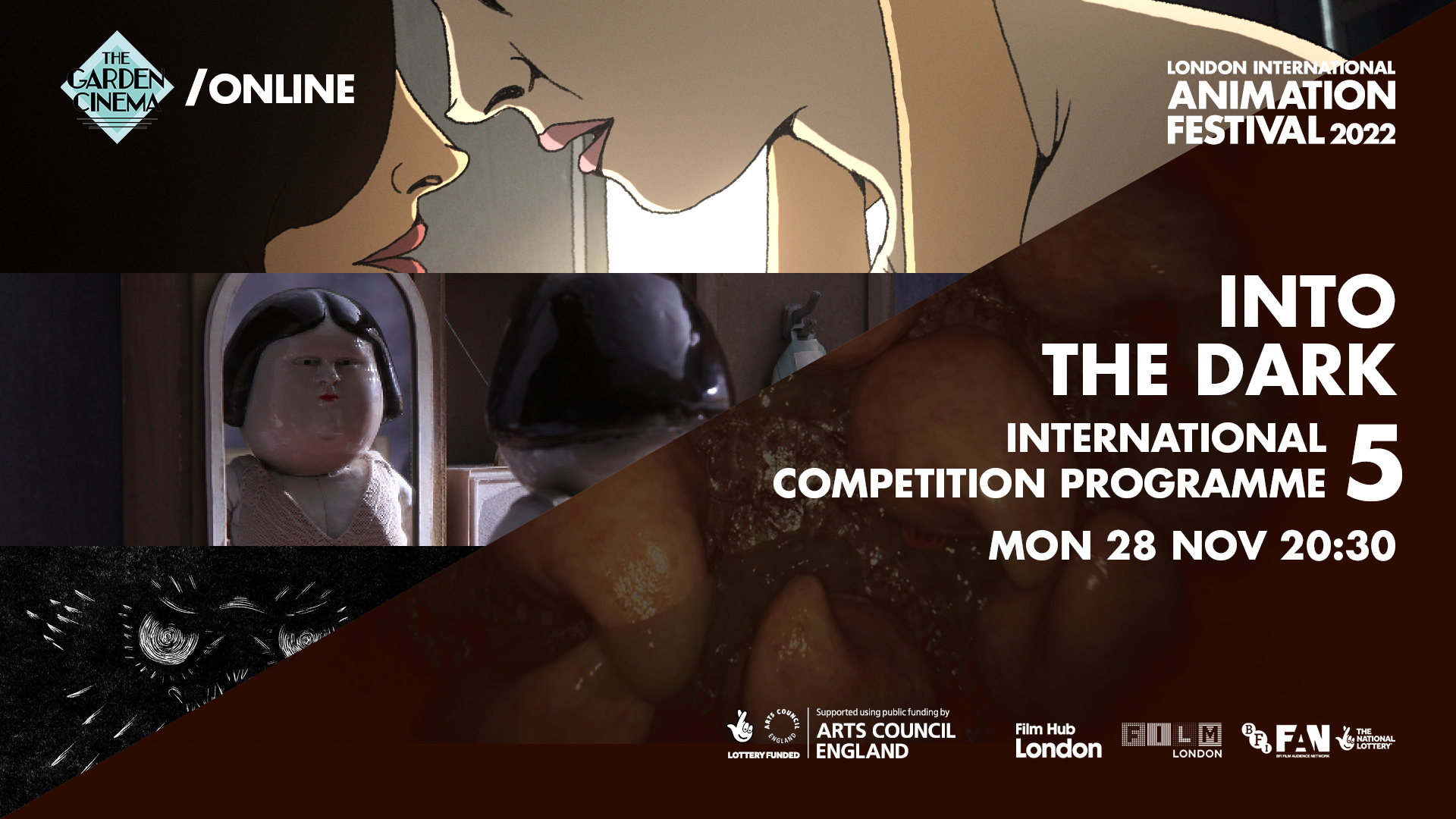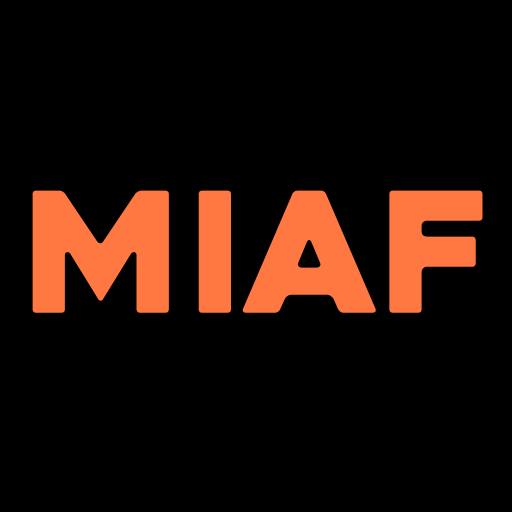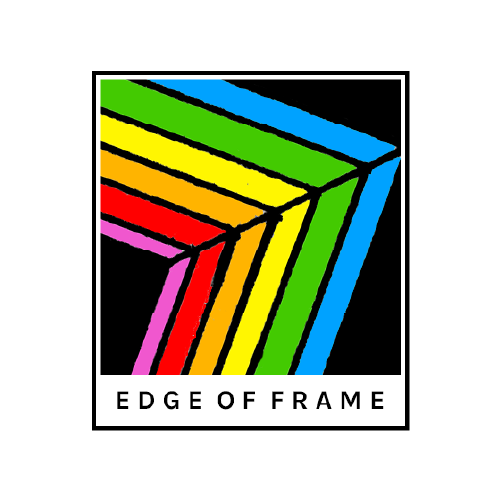
Let’s invent a new word.
Heterotopia. No, that’s already a word and, no, it’s not a euphemism for the Playboy Mansion, the name of the hottest 70’s disco in Blackpool, a misspelling crafted by some idiot archaeologist for a mythical long lost Greek city or a psychosis induced by binging too many American sitcoms.
It’s a word that might have gotten a little mangled in translation. Like most of us, it breaks down into two parts. ‘Topia’, of course, is the word passed down by the ancient Greeks meaning ‘place’. Utopia is the place where everything is good. Dystopia is the place where everything is brown cactus. But “hetero” actually – and how linguistically ironic is this – means ‘other’ or ‘different’ in ancient Greek. Who knew?
So heterotopia is – literally – the ‘other place’, a place where everything is different or not as it should be or appears to be. First coined by who knows who and who knows when, it was dragged into the modern(ish) lexicon by Michel Foucault. His contemporisation of the term saw it emerge as a word meaning “worlds within worlds, mirroring and yet upsetting what is outside” and “certain cultural, institutional and discursive spaces that are somehow ‘other’: disturbing, intense, incompatible, contradictory or transforming.”
Foucault played with this concept a lot during the 1960’s – arguably pushing it till it broke but from the shattered remnant fragments of that over-tensioned process of bloated enlargement are to be found some shards that refract a lot of interesting light on to the notion and narrative manipulation of space that animators grapple with.
“Despite all the techniques for appropriating space, despite the whole network of knowledge that enables us to delimit or to formalize it, contemporary space is perhaps still not entirely desanctified,”
He writes in his seminal 1984 paper, ‘Of Other Spaces: Utopias And Heterotopias’. It gets only weirder from here but – honestly – if this means what it might/could mean he really should come to LIAF. Maybe we should send him a mix-tape. Animators were 50 or 60 years ahead of him.
Some of the ‘other’ places he nominates to make his point include “ships, cemeteries, bars, brothels, prisons, gardens of antiquity, fairs”. When Foucault’s heterotopia started getting stretched and bent to begin describing things that might be closer to “heterogeneity” it started jumping the shark. But the notion of a place that looks like one thing but is another or a place that functions at odds with the expectations of what it should be is – actually – just the jumping off point for a lot of great animation, big and small.
Yuri Norstein’s Tale Of Tales is way way more about the ‘heterotopic’ spaces insinuated by the lead character than it is about the little wolf that features in it. Behold the incredibly interpretive fluidity that Igor Kovalyov brings to every single space featured in any of his films. Rosto had no respect for the fixed notions that the visuality of most his spaces broadcasted and if you couldn’t keep up with what meaning he imposed onto those spaces you got left behind pretty fast and were often jettisoned without mercy. What does ‘place’ even mean in any Sasha Svirsky film? Contemplate the almost revolutionary re-imaging of the dimension and rotation of space that Georges Schwizgebel bakes into every one of his films. Too high brow? Felix The Cat was kind of doing this back in the 1920’s.
OK, that’s a big picture shortlist – and namechecks some pretty big guns. But let’s go macro. In so much great animation, space is everything and nothing – a part of the overall mise-en-scene so ubiquitous that it’s almost taken for granted or just about narratively invisible and yet at the same time is the core component that sets the entire story within the film up to be portrayed in a way that only animation can. How many films have you seen at LIAF that remorselessly torture or deliberately reinvent the notion of space and detach the accepted meaning of what any given space looks like from how the animator has decided it’s going to function in their film? We’ve lost count but probably every second film has some element of that in it – a space that should be one thing but actually becomes something else that is almost at odds with what it looks like.
Let’s invent a new word for it – animaheterotopia sounds about right and in some very curious ways a number of films in this year’s Into The Dark programme showcase the complexity and ingenuity that animators bring to this conjugation of depicted spaces.
Bestia by Hugo Covarrubias opens the programme in fine, confronting style. It is a story that emerges from the horrors inflicted on the Chilean people in the 1970’s and 1980’s. The lead character channels the dark soul of a real woman, Ingrid Olderock, who was an unusual player in that brutal dictatorship. Olderock’s claims to fame was her mastery of using dogs to torture women and her skill at teaching other women to do the same. What goes on in the mind of such a person is one thing and extrapolating those impenetrable mental assumptions out into a story is what obviously drives Bestia but what goes on in her home – in her private space in her private moments – is the bricks and mortar of the film. The film has to make some bold assumptions and some of them might be wrong but ‘home’ for Olderock in this film is a place with constantly shifting mental and physical boundaries and some very fluid properties. The capacity for tenderness to sit in tandem with a propensity for evil is a dualistic capacity many people harbour but not everybody lets too much of the evil escape nor get too many opportunities to do so. Olderock’s world offered no such restrictions (for a good long while at least) and Bestia turns to animation to explore how this unknowable duality might have been experienced by her.
Is space a place or is it just the space between places? Is it really nothing or is it more like all that wide-open sky and fresh air above us – empty but real. Still Up There by Joe Loftus doesn’t bother exploring these metaphysical inquiries; it cuts straight to the chase by opening in outer space and placing a stranded, damaged astronaut in it. As he wakes up he knows instantly where he is but his reasons for being there have all but faded to dust. More tangible is the severed hand floating before him, an independent limb with a jagged edge that seems to match the serrations of the handless arm protruding from his space suit. The connection between those two seems simple and honest enough unless he is not really who or where he thinks he is. The place might be space but where is this character really or, at least, where does he think he is? The interrogation of this mental animaheterotopic quandary is something that powers the approach that Loftus takes to much of his work.
“Every so often in a film, book, or comic, you get to see a truly new perspective or new feeling, even a new way of saying something familiar,” he told the Global Interview while he was completing Still Up There. “This always inspires me and leads me to aim for that same reaction in viewing some of my work. There’s always a different point of view or perspective. And that means there’s always a new story to experience and tell”.
Emma Calder turns the “unsettle” dial around to 11 with her film Beware Of Trains. More than 20 years in the making, its genesis was a vivid dream Calder had in which she murdered somebody. Unable to shake the essence of her dream she began scripting her feelings and the emotional residue it left behind. This proved to be a powerful source-code but one that did not feel entirely complete. It was not until she fashioned what she thought at the time to be a separate thread to the story that the pieces really fell into shape. The ‘voice’ that emerged from that thread would be a way for the central character in the film to ask the key questions and offer the most honest answers; both characters are the same person in all probability but ‘they’ help us decode so much of what is happening and to wrangle the varying styles the psychologically mixed jigsaw puzzle of the film is made of.
The artwork in Calder’s animated films is as diverse as it is stunning. Her 1998 film The Queen’s Monastery has to rate as one of the most beautifully realised British films in living memory. Beware Of Trains opens with a striking montage of artwork – more or less abstract – that brilliantly depicts the visualised distillation of a murder that may or may not have occurred, before focusing in on the character who will take us forward if only she knew which direction that was. The dream that opens the film has many tentacles though and many of them reach into and potentially corrupt almost every piece of reality Calder’s character should be able to rely upon. Resolutions here, as in life, come around but sometimes feel intriguingly incomplete around the edges.
The programme closes with the latest film by Joseph Pierce. There is just nobody in the world of animation that draws people in meltdown and obliteration quite like Pierce and Scale is a tour-de-force appointment with somebody experiencing exactly that. The assured complexity of the way Pierce moves his story, his lead character and us through the three dimensional snakes and ladders of the physical worlds his film is set in is incredible.
The destruction of a body caught in the grips of drug dependency is a relatively straight-ahead story to imagine, there aren’t a lot of variations on the theme. The destruction of the soul trapped in that body has an infinite number of incarnations though. The reasons for going there, for staying there, and fighting to leave are often welded onto some of the most elemental emotions we possess and harnessing the breadth and the force of those is another artistic triumph packed into Scale.
The ultimate heterotopic space might just be a model village within a real village and – if so – the ultimate animaheterotopic space would have to be when the action, the characters and the story move back and forth between the two; feeding the diverging action in each in the process and Scale stands as a masterclass in how to conceive, script and depict this.
Let’s see if animaheterotopic catches on.
by Malcom Turner
Into the Dark screens online Mon 28 Nov find out more
















